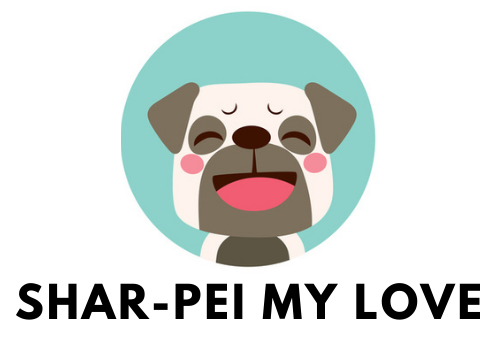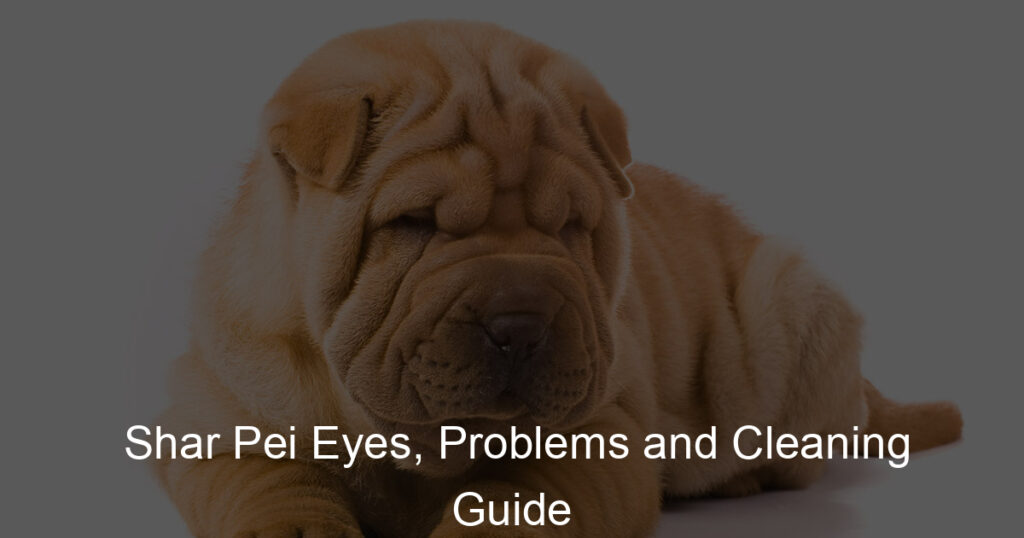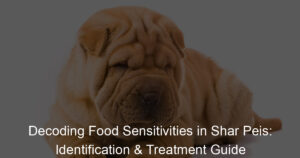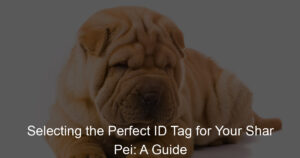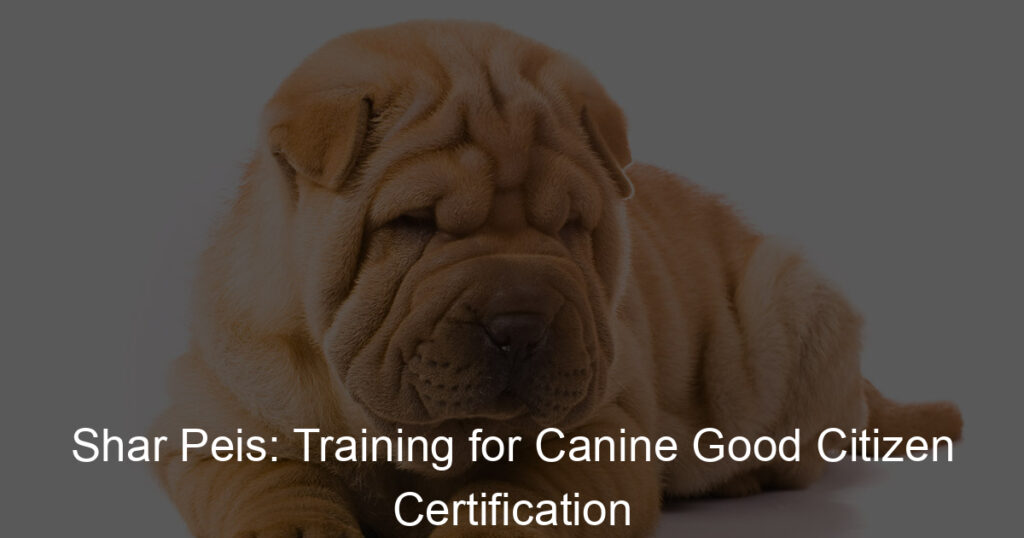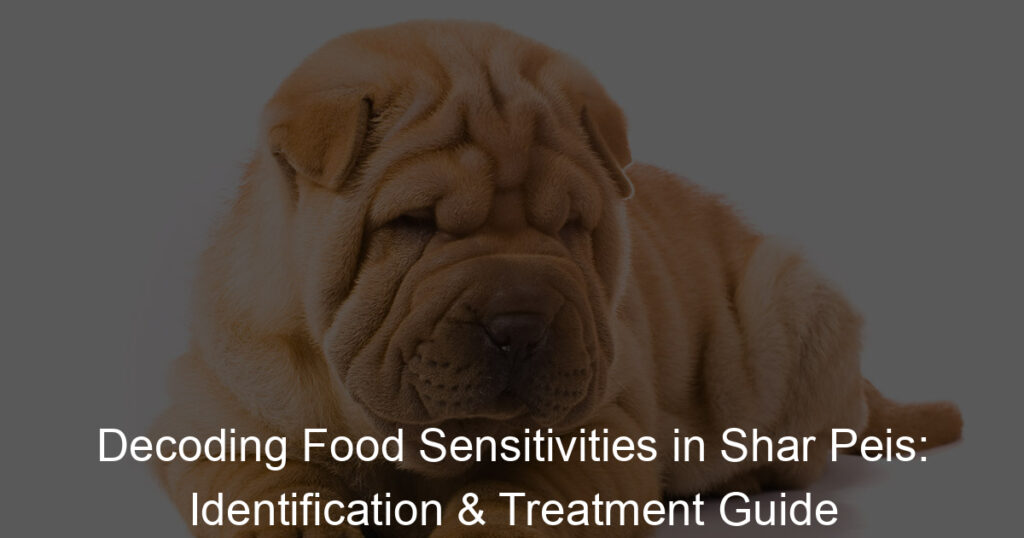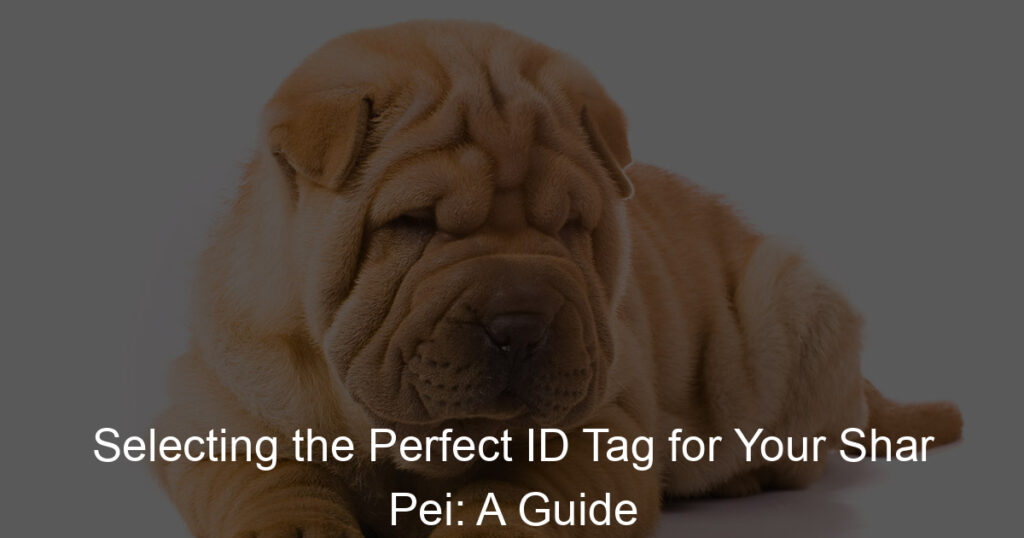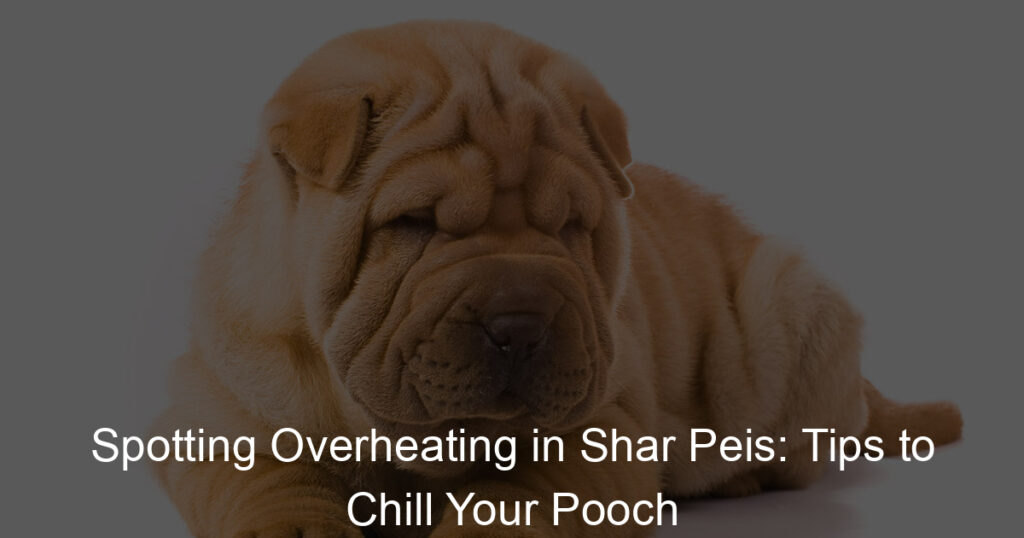Shar-Pei dogs are known for their unique appearance, with deep wrinkles and a blue-black tongue. But, did you know that these adorable dogs also require special attention when it comes to their eyes? Yes, you heard it right! Shar-Pei eye care is a crucial part of their overall health and well-being. Let’s dive into the importance of regular eye care for Shar-Pei and some common eye issues they may face.
- Importance of regular eye care for Shar-Pei
- Common Shar-Pei eye issues
Remember, your Shar-Pei’s eyes are as unique as they are. Regular eye care is essential to keep them healthy and happy. So, make sure you’re keeping an eye on your Shar-Pei’s eyes!
Understanding Shar-Pei Eye Issues
Shar-Pei dogs are known for their unique, wrinkled appearance. But these adorable folds can sometimes lead to eye problems. Let’s dive into some of the most common eye issues that Shar-Pei dogs often face.
Common Problems with Shar-Pei Eyes
- Entropion
- Cherry Eye
- Glaucoma
Understanding these common eye problems can help you keep an eye out for any signs of discomfort in your Shar-Pei. Regular vet check-ups and immediate attention to any changes in your dog’s eyes can go a long way in maintaining their eye health.
Identifying Shar-Pei Eye Health Issues
Shar-Pei dogs are known for their unique, wrinkled appearance, but these cute folds can sometimes lead to eye health issues. It’s important to know what to look for so you can catch any problems early. Here are some signs of discomfort and physical changes to watch out for:
- Signs of Eye Discomfort:
- Physical Changes in the Eye:
Remember, early detection is key to treating eye issues in Shar-Pei dogs. Regular check-ups and close monitoring of your dog’s behavior and physical appearance can help ensure their eyes stay healthy.
Shar-Pei Eye Problems Treatment
Shar-Pei dogs are known for their adorable wrinkles, but these folds can sometimes lead to eye problems. Here’s how you can treat and manage these issues.
Visiting the Vet
- Importance of regular check-upsRegular vet check-ups are crucial for your Shar-Pei’s eye health. They help detect any potential problems early, making treatment easier and more effective. It’s recommended to have your Shar-Pei’s eyes checked at least once a year.
- What to expect during a vet visitDuring a vet visit, your dog’s eyes will be thoroughly examined for any signs of infection or disease. The vet may use special tools to look at the eye’s interior and may also take a tear sample for testing.
- Over-the-counter solutionsThere are several over-the-counter solutions available for treating minor eye issues in Shar-Peis. These include eye drops and ointments that can help soothe irritation and reduce redness. Always consult your vet before using any over-the-counter product.
- Homemade remediesSome pet owners swear by homemade remedies like chamomile tea rinses or saline solutions. However, it’s important to remember that while these remedies can provide temporary relief, they’re not a substitute for professional veterinary care.
- Choosing the right cleaning solutionChoosing the right cleaning solution for your Shar-Pei’s eyes is crucial. Look for a solution that’s gentle, hypoallergenic, and specifically designed for dogs. Avoid any products with harsh chemicals that could irritate your dog’s eyes.
- Proper cleaning techniqueWhen cleaning your Shar-Pei’s eyes, be gentle and careful. Use a soft cloth or cotton ball soaked in the cleaning solution and gently wipe from the inner corner of the eye outward. Never rub or apply pressure to the eye.
- Regular cleaning routineEstablishing a regular cleaning routine can help prevent eye problems in Shar-Peis. Aim to clean your dog’s eyes once a day, or as often as your vet recommends.
- Monitoring for signs of infectionKeep an eye out for signs of infection, such as redness, swelling, discharge, or your dog frequently pawing at their eyes. If you notice any of these signs, contact your vet immediately.
- Case study 1Consider the case of Bella, a Shar-Pei who developed an eye infection. With regular vet visits, the right cleaning solution, and a consistent cleaning routine, Bella’s infection was successfully treated and her eyes are now healthy.
- Case study 2Then there’s Max, another Shar-Pei who suffered from chronic dry eyes. By using over-the-counter eye drops recommended by his vet and monitoring for signs of infection, Max’s condition is now well-managed.
- Recap of Shar-Pei eye care importanceAs we’ve seen, regular vet check-ups, proper cleaning, and vigilant monitoring are key to maintaining your Shar-Pei’s eye health. Don’t underestimate the importance of these steps in preventing and treating eye problems.
- Key takeaways for Shar-Pei eye maintenanceIn conclusion, keep your Shar-Pei’s eyes clean, monitor for signs of infection, and don’t skip those vet visits. With the right care, your Shar-Pei can enjoy a life free from eye problems.
